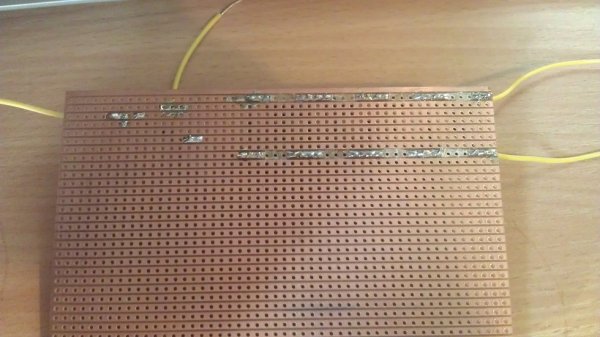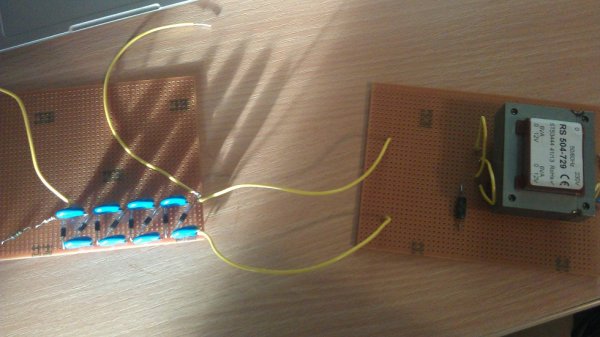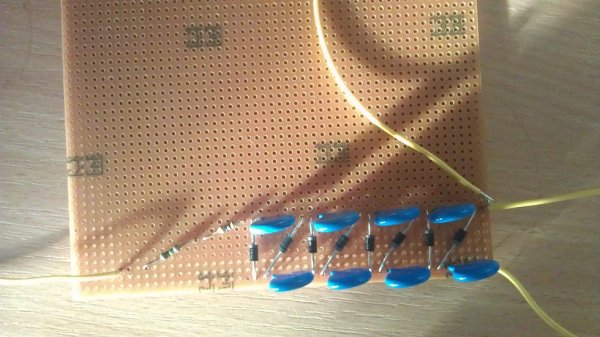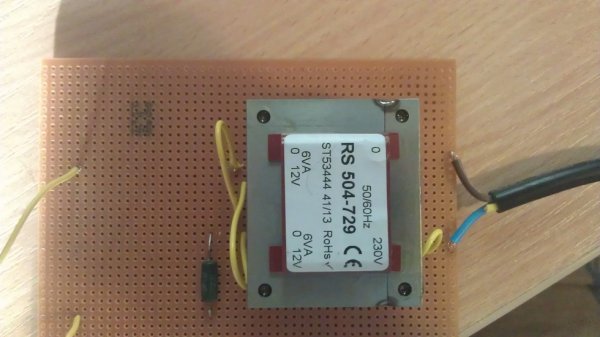



This is my first post on What's Best.
I need some help with my prototype bias circuit for a pair of ESL's I'm planning to make.
At the minute I am waiting for another transformer to use for isolation between the circuit and mains(UK mains). Meanwhile I'm using a transformer that is inputting 12V into a 4 stage cockcroft-Walton ladder/Cascade, which theoretically should give me 48V (give or take a couple of volts due to diode drop), however when the the fly wires come in close proximity I don't see any sparks. I want to make sure that the circuit works fully before upping the the voltage.
(When the transformer arrives the ladder should multiply the voltage to around 2.7kV).
If anyone could help me, it would be much appreciated.
P.s. I have attached to pictures to aid any suggestion.
Regards
James

